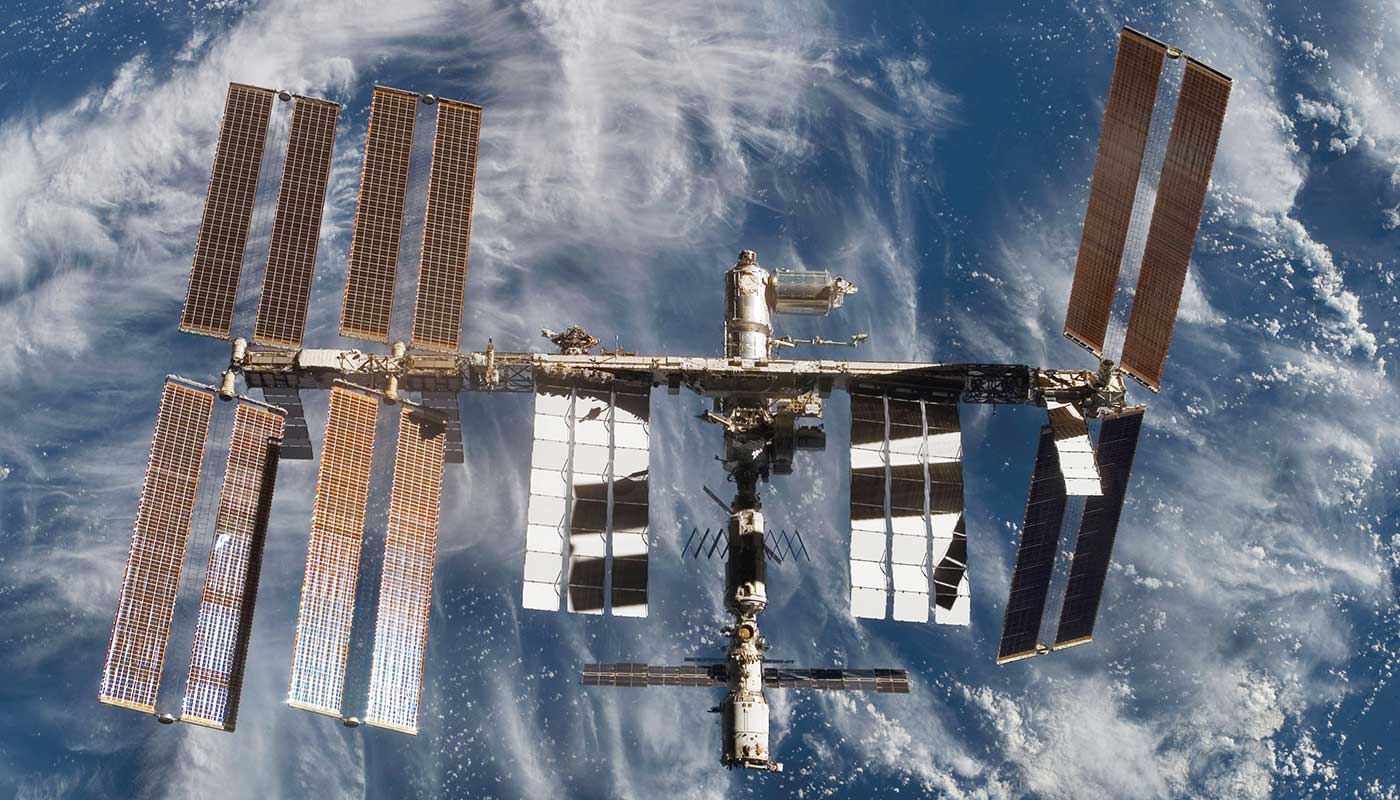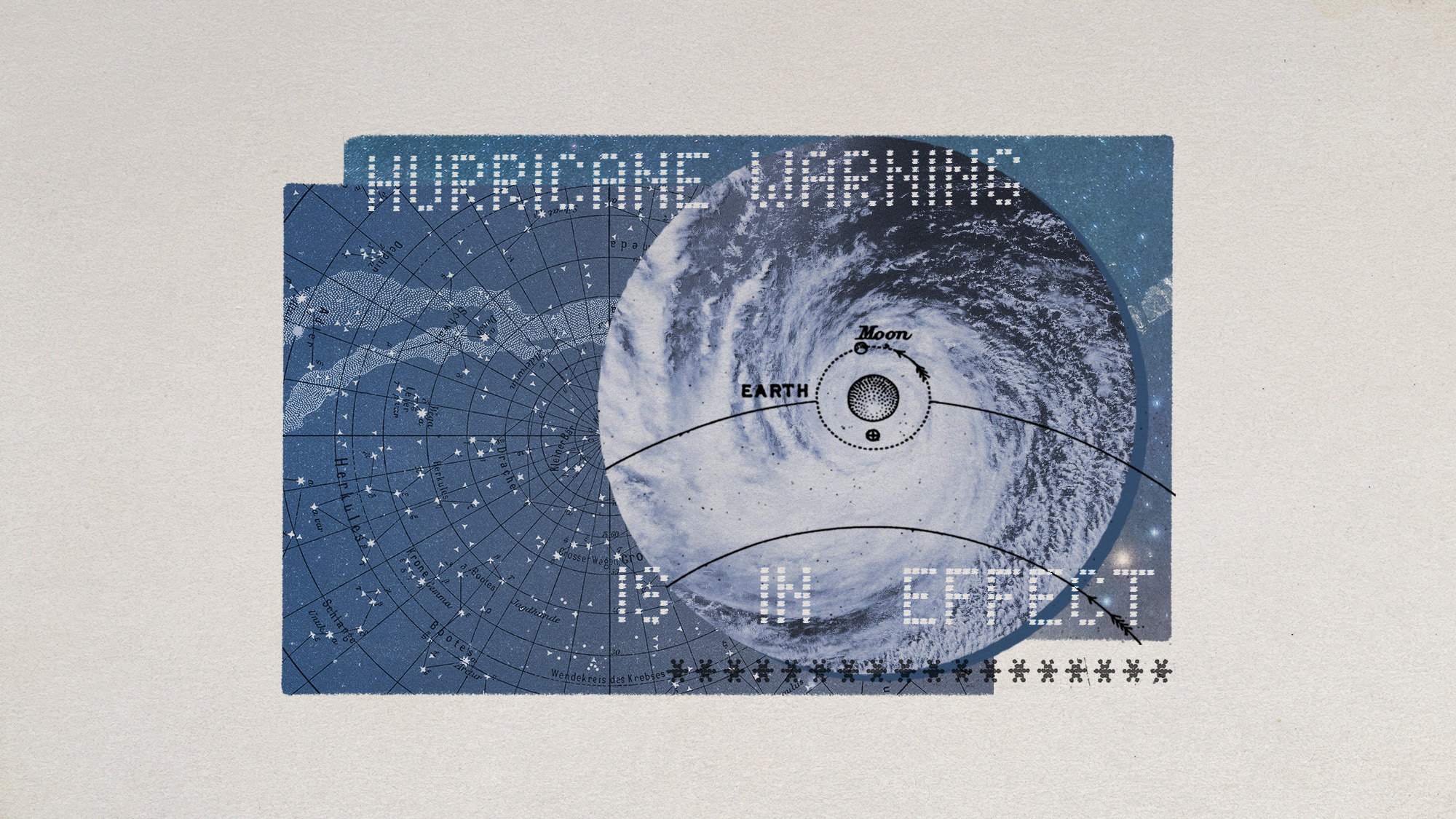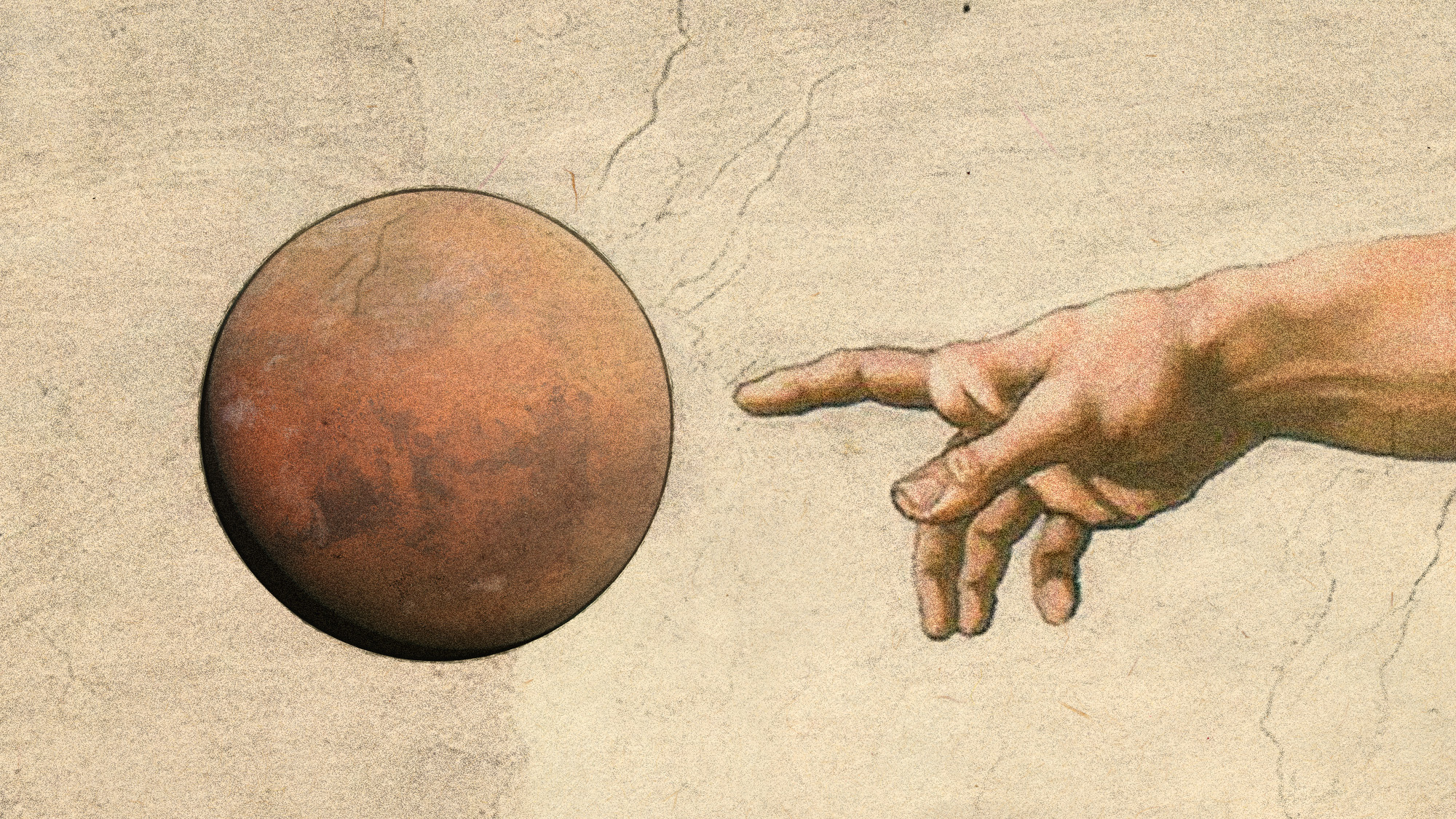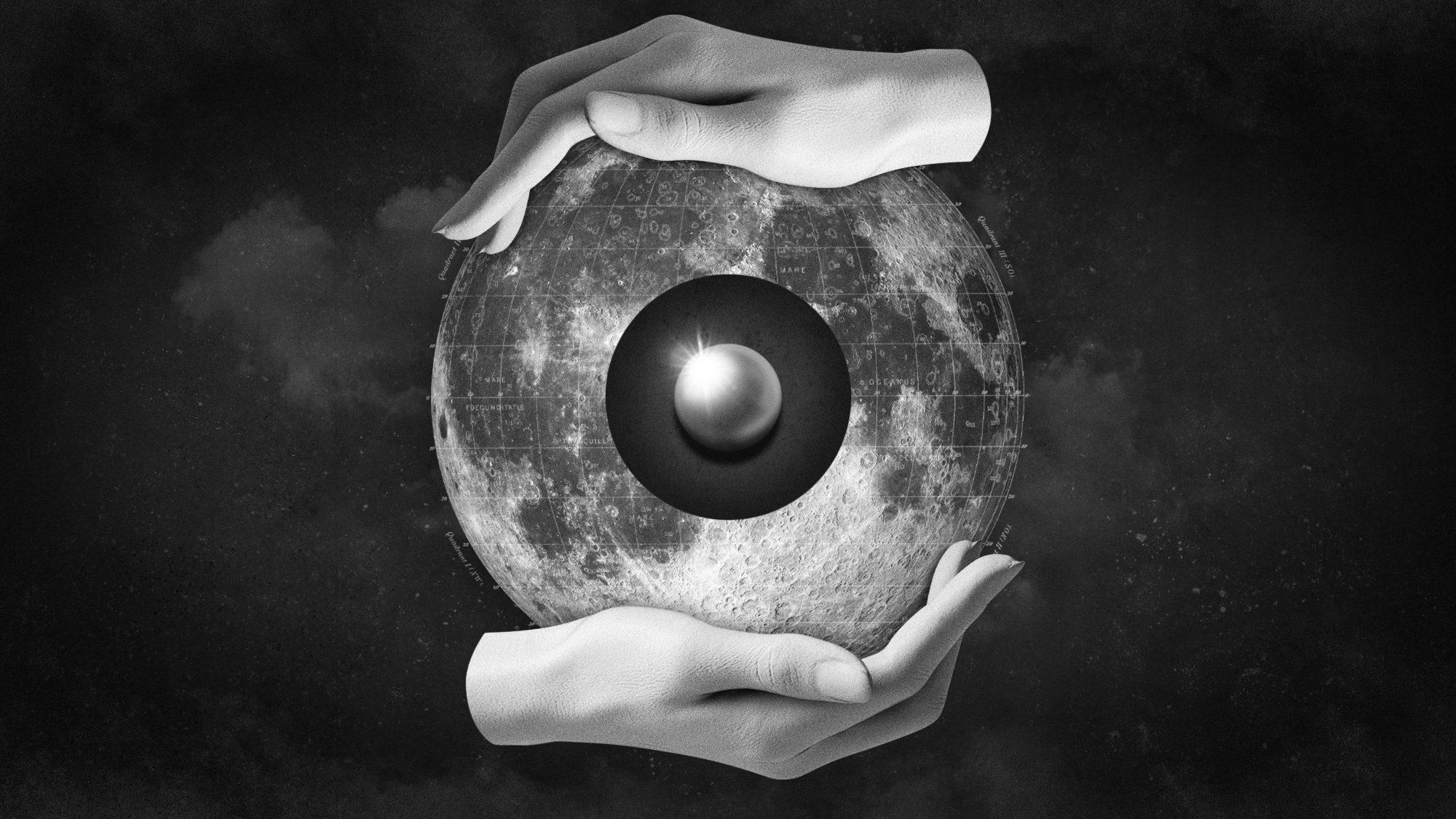What made the hole in the International Space Station?
Sealant and duct tape used to fix 2mm hole in a Russian section of the station

Astronauts aboard the International Space Station (ISS) have reportedly managed to plug a 2mm hole in the structure, after it was hit by space junk or a micrometeorite.
Mission flight controllers in Houston and Moscow were alerted to the situation when air pressure inside the ISS started to drop on Wednesday night.
The astronauts were instructed to try to find the leak, eventually tracing it to the Russian Soyuz vehicle that was used to carry three crewmembers to the ISS on 8 June.
The Week
Escape your echo chamber. Get the facts behind the news, plus analysis from multiple perspectives.

Sign up for The Week's Free Newsletters
From our morning news briefing to a weekly Good News Newsletter, get the best of The Week delivered directly to your inbox.
From our morning news briefing to a weekly Good News Newsletter, get the best of The Week delivered directly to your inbox.
German astronaut Alexander Gerst initially plugged the hole with his finger, before covering it with duct tape.
What caused the hole?
According to Russian space agency staff members “the incident may have been caused by an impacting micrometeoroid — a tiny piece of rock or other material”, Space.com says.
“Although the leak is small, if it had not been spotted the crew would have run out of air in 18 days,” the Daily Telegraph says.
A free daily email with the biggest news stories of the day – and the best features from TheWeek.com
The ISS crew are now working with engineers on the ground to decide if a “more robust” repair will be necessary, the BBC says.
Three ISS crewmembers are due to use that same Soyuz vehicle to return to Earth at the end of the year.
-
 ‘The menu’s other highlights smack of the surreal’
‘The menu’s other highlights smack of the surreal’Instant Opinion Opinion, comment and editorials of the day
-
 Education: More Americans say college isn’t worth it
Education: More Americans say college isn’t worth itfeature College is costly and job prospects are vanishing
-
 One great cookbook: ‘More Than Cake’
One great cookbook: ‘More Than Cake’the week recommends The power of pastry brought to inspired life
-
 Blue Origin launches Mars probes in NASA debut
Blue Origin launches Mars probes in NASA debutSpeed Read The New Glenn rocket is carrying small twin spacecraft toward Mars as part of NASA’s Escapade mission
-
 ‘The Big Crunch’: why science is divided over the future of the universe
‘The Big Crunch’: why science is divided over the future of the universeThe Explainer New study upends the prevailing theory about dark matter and says it is weakening
-
 The moon is rusting
The moon is rustingUnder the radar The Earth is likely to blame
-
 Panspermia: the theory that life was sent to Earth by aliens
Panspermia: the theory that life was sent to Earth by aliensUnder The Radar New findings have resurfaced an old, controversial idea
-
 Africa could become the next frontier for space programs
Africa could become the next frontier for space programsThe Explainer China and the US are both working on space applications for Africa
-
 Hurricanes are not exclusive to Earth. They can happen in space.
Hurricanes are not exclusive to Earth. They can happen in space.Under the radar These storms may cause navigational problems
-
 Answers to how life on Earth began could be stuck on Mars
Answers to how life on Earth began could be stuck on MarsUnder the Radar Donald Trump plans to scrap Nasa's Mars Sample Return mission – stranding test tubes on the Red Planet and ceding potentially valuable information to China
-
 The treasure trove of platinum on the moon
The treasure trove of platinum on the moonUnder the radar This kind of bounty could lead to commercial exploitation